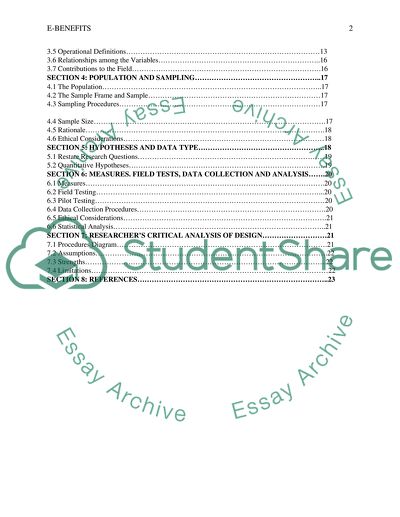Cite this document
(“Department Of Veterans Affairs: Examining eBenefits Portal and Research Proposal”, n.d.)
Retrieved from https://studentshare.org/information-technology/1697404-department-of-veterans-affairs-examining-ebenefits-portal-and-disability-claims-process-in-terms-of-the-dimensions-of-technology-acceptance-model-and-innovation-diffusion-theory
Retrieved from https://studentshare.org/information-technology/1697404-department-of-veterans-affairs-examining-ebenefits-portal-and-disability-claims-process-in-terms-of-the-dimensions-of-technology-acceptance-model-and-innovation-diffusion-theory
(Department Of Veterans Affairs: Examining EBenefits Portal and Research Proposal)
https://studentshare.org/information-technology/1697404-department-of-veterans-affairs-examining-ebenefits-portal-and-disability-claims-process-in-terms-of-the-dimensions-of-technology-acceptance-model-and-innovation-diffusion-theory.
https://studentshare.org/information-technology/1697404-department-of-veterans-affairs-examining-ebenefits-portal-and-disability-claims-process-in-terms-of-the-dimensions-of-technology-acceptance-model-and-innovation-diffusion-theory.
“Department Of Veterans Affairs: Examining EBenefits Portal and Research Proposal”, n.d. https://studentshare.org/information-technology/1697404-department-of-veterans-affairs-examining-ebenefits-portal-and-disability-claims-process-in-terms-of-the-dimensions-of-technology-acceptance-model-and-innovation-diffusion-theory.


